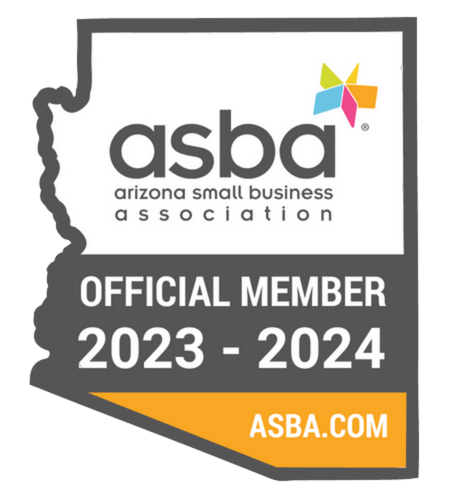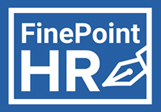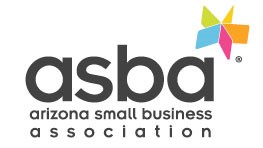What We Do Best

HR Process Management
- Onboarding
- Handbook development & maintenance
- Policy development & maintenance
- Employee file management

Payroll Management
- Payroll administration
- Payroll audit
- Benefits & retirement plan administration

Workplace Culture Management (Employee Relations)
- Harassment & discrimination
- Wage & hour compliance
- Workplace investigations

Compensation & Benefits Management
- Market analysis
- Compensation audit
- Compensation structure development
- Benefits selection & administration
- Open enrollment management
- COBRA administration
- 401(k), 403(b), 457(b) administration

Compliance & Management Training
- Engaging & Retaining Strong Performers
- Anti-Harassment & Anti-Discrimination
- Coaching & Developing Employees
- Coaching & Developing Remote Employees
- Interviewing for Results
- Issuing Written Warnings
- Terminating Employment
- Conflict Management

HR Strategy & Succession Planning
- Engagement survey administration
- HR scorecard (performance metrics)
- Workforce planning
- Succession planning
- Right-sizing
About Us
- Clients include public and private companies, small businesses and Fortune 100 firms, government organizations, and non-profits.
- Our clients span the globe including Japan, China, Europe, and the U.S.
- All staff are SHRM Certified Professionals.
- Team members average 14 years of HR experience and all have operations management experience.
- We regularly train & develop HR professionals, and present at HR conferences.
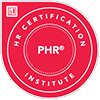
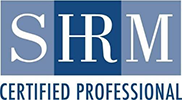



Proud Member of
